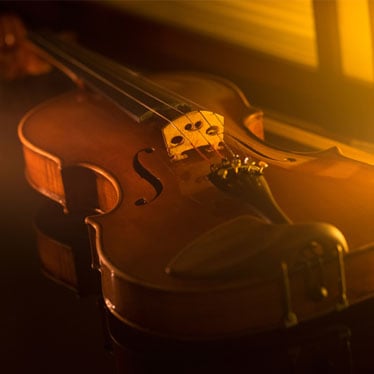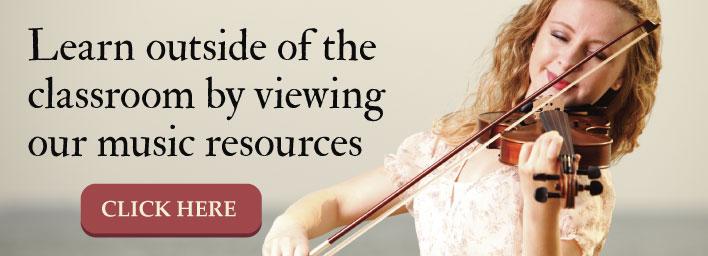7 Tips For Playing Popular Music On Your Viola

Students who choose to learn the viola arrive at that decision for any number of reasons. Whether they like the rich, seductive tone of the instrument or have chosen it because of a personal preference, doesn’t matter. Violists occupy a unique place in the orchestra. By playing alto clef in a perfect middle range, you have the ability to play lower tones than the violin but higher than those of the cello. And although most of your practice music is derived from the classical genre, playing popular tunes on your instrument is a great way to build your skills.
Since learning to play other types of music on your instrument helps solidify and expand your abilities, student violists who want to play popular music should keep a few basic things in mind. These seven tips can help ensure that your popular music practice is successful.
Tip #1: Listen to the song you want to learn
Although most students know what popular music they want to play because they’ve already heard it, listening to the music you want to learn is crucial. This doesn’t mean you listen only for enjoyment. The listening here is like what football players do after the game when they watch film. It’s an examination of the music. You’re going to listen to analyze the piece and think about what the viola will be doing to make those sounds. Visualization is an effective performance trick.
Tip #2: Read through the music before you play
Too often students want to jump in before they’ve even glanced at the entire piece. Don’t make this mistake. You’ll do a lot better on the first run if you’ve already looked through the music and discovered any possible difficulties. As long as the sheet music is yours (if it’s not, don’t do this), go ahead and make notations right on the pages that may help you when you play.
Tip #3: Play through the piece with an exaggeratedly slow tempo
This may seem stupid or boring but if you want to learn to play popular music on your instrument, but you must be able to play it correctly. And, you can’t learn to play any music correctly if you don’t take your time. The key to sounding superb is having great tone, and one of the best ways to make that happen is to make sure that you play through the piece slowly at first. Later on, when you’ve mastered the parts of the song, you can gradually increase the tempo.
Tip #4: Think about how you did - Analyze your effort
Once you’ve played through the popular music the first time on your instrument, go back and note any particularly challenging areas. This is a good time to slowly practice anything you couldn’t do or did poorly. It’s important that you pay close attention to your timing, intonation, articulation, shifting, and any vibrato involved so that you can master the bars perfectly before moving on.
Tip #5: Record your efforts
After you’ve practiced the piece a few more times, make a recording of your effort. Playing back a recording of the song you want to learn is an excellent way to identify any additional problem areas. As you’re listening, make notations on the sheet music notes for bars or combinations that don’t sound right, and then go back over those areas using deliberate practice techniques. You can easily get a voice/sound recorder for your phone, or download Audacity for your laptop or tablet for free. Audacity is wonderful for student practice because it shows the frequency of the sound.
Tip #6: Brush up on your bowing techniques, or learn new ones
For many new popular songs, you’ll need to brush up on détaché (separated notes), legato (slurred, smooth notes), and staccato and spiccato (short and very short notes). However, you’ll also need to be able to bow using jeté and ricochet, which is basically bouncing your bow on the string, along with pizzicato (plucking) techniques. Although not all songs will feature them, they’re still good to practice. So, don’t be afraid to try out new bowing techniques as a number of popular songs will feature them.
Tip #7: Don’t give up
Learning new songs on the viola is an extremely rewarding task. When you encounter some challenges don’t worry, everyone does. The key is to use the challenge as a way to broaden your skills and keep trying. Even if you aren’t able to get it right away, don’t give up. Start with some Russian folk songs or even hip hop viola (here’s some sheet music and a video to get you started), the results of your efforts will make every difficulty worth it in the long run.


